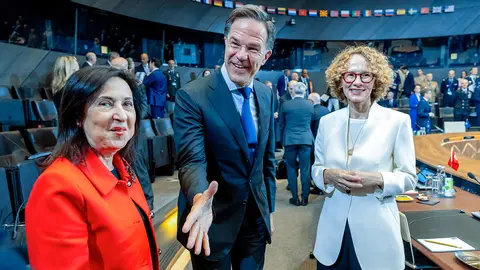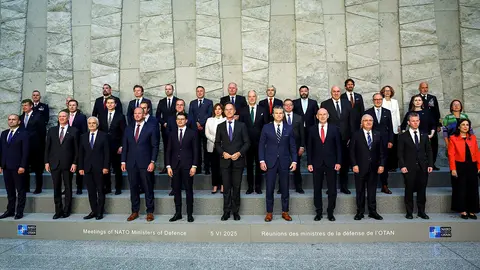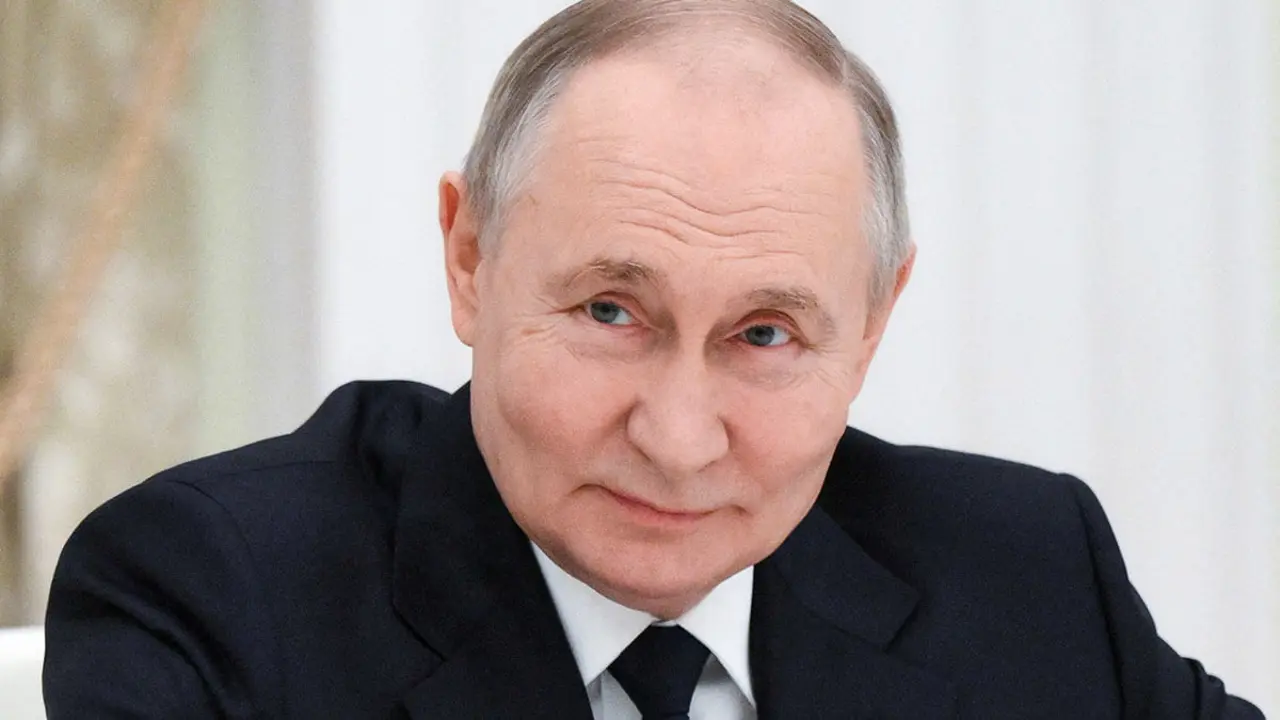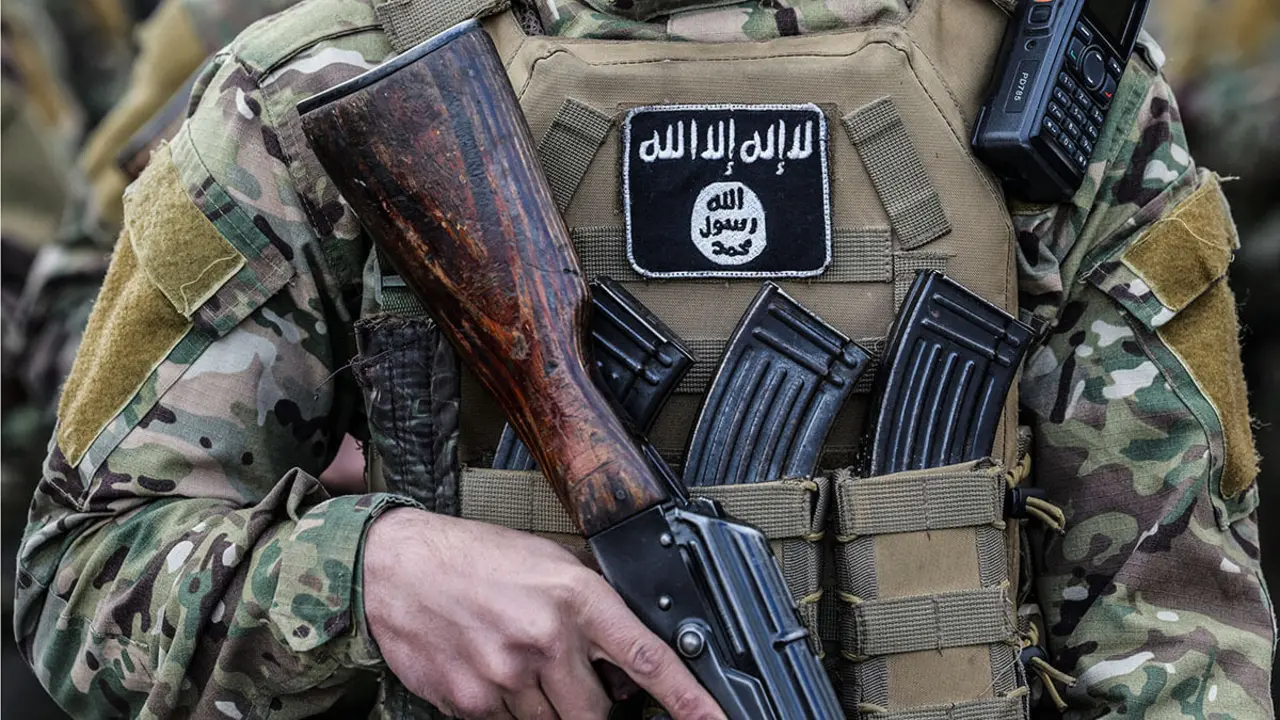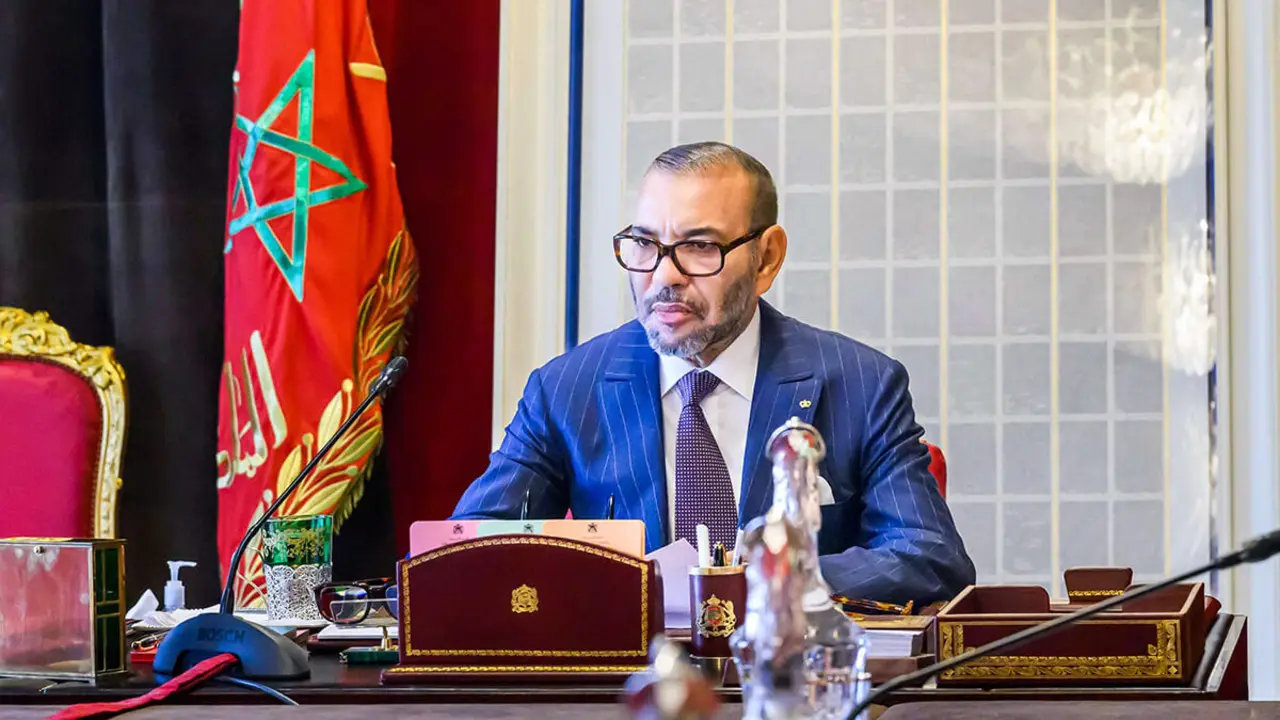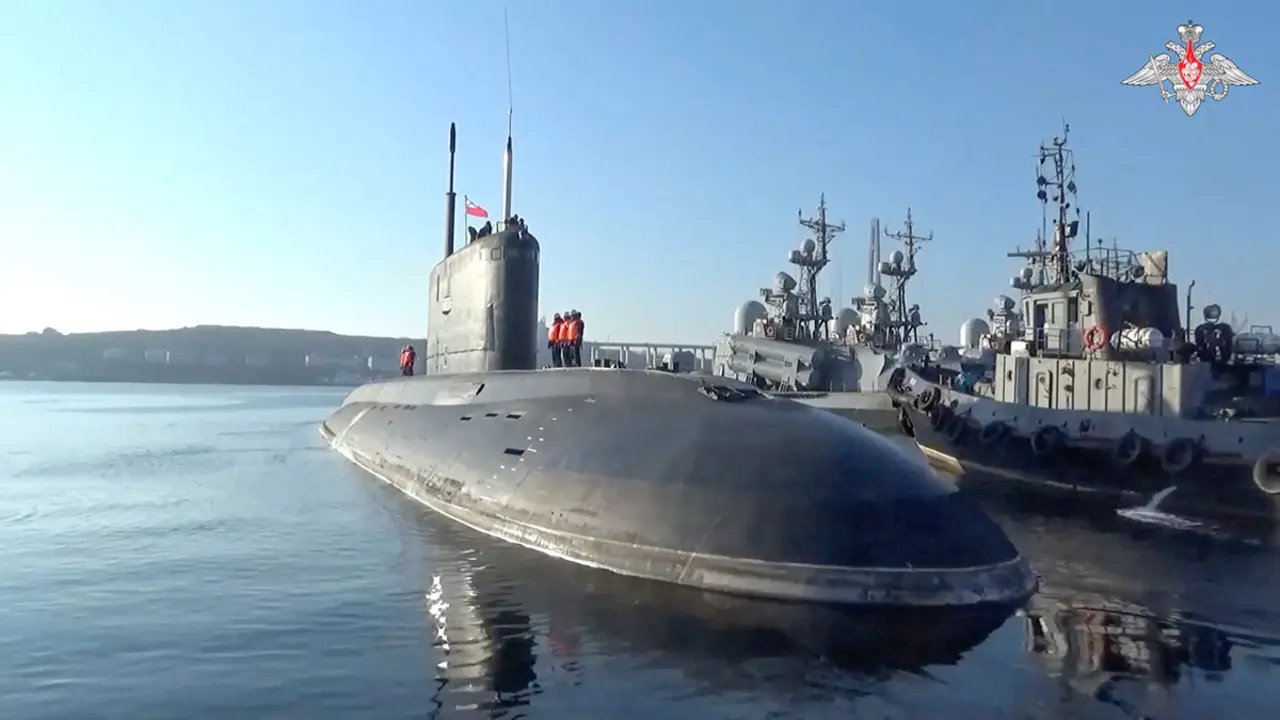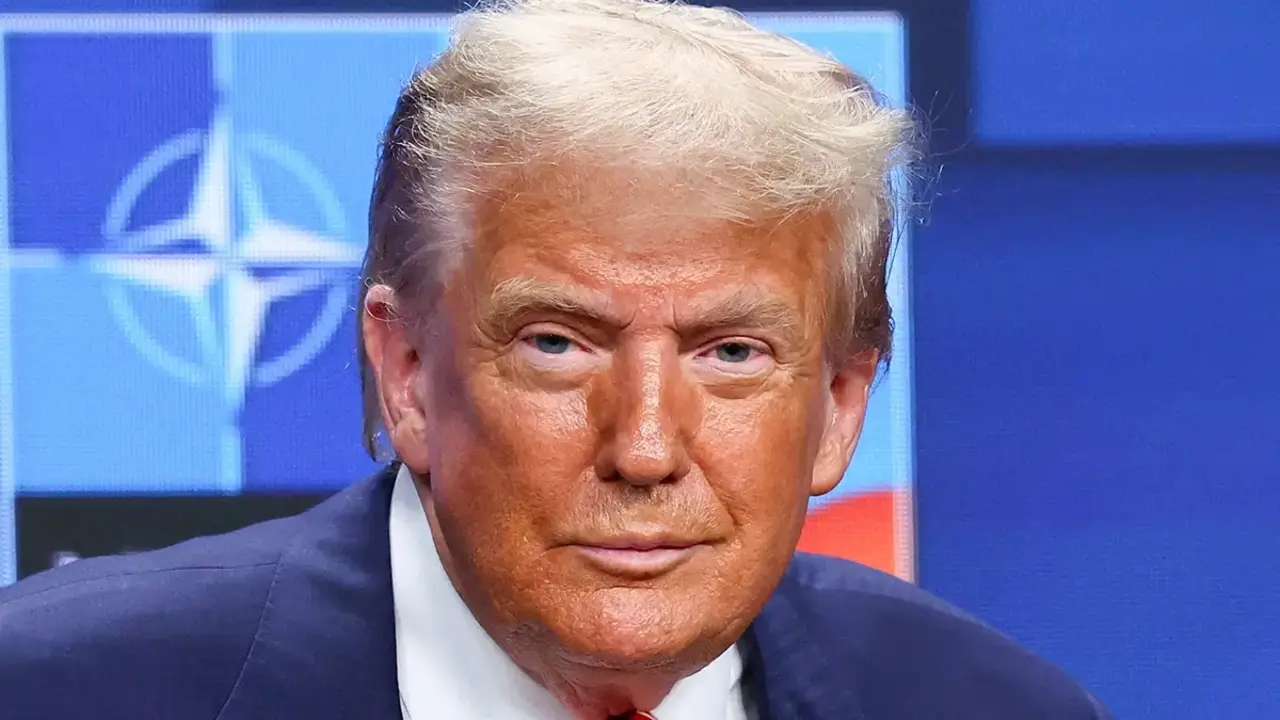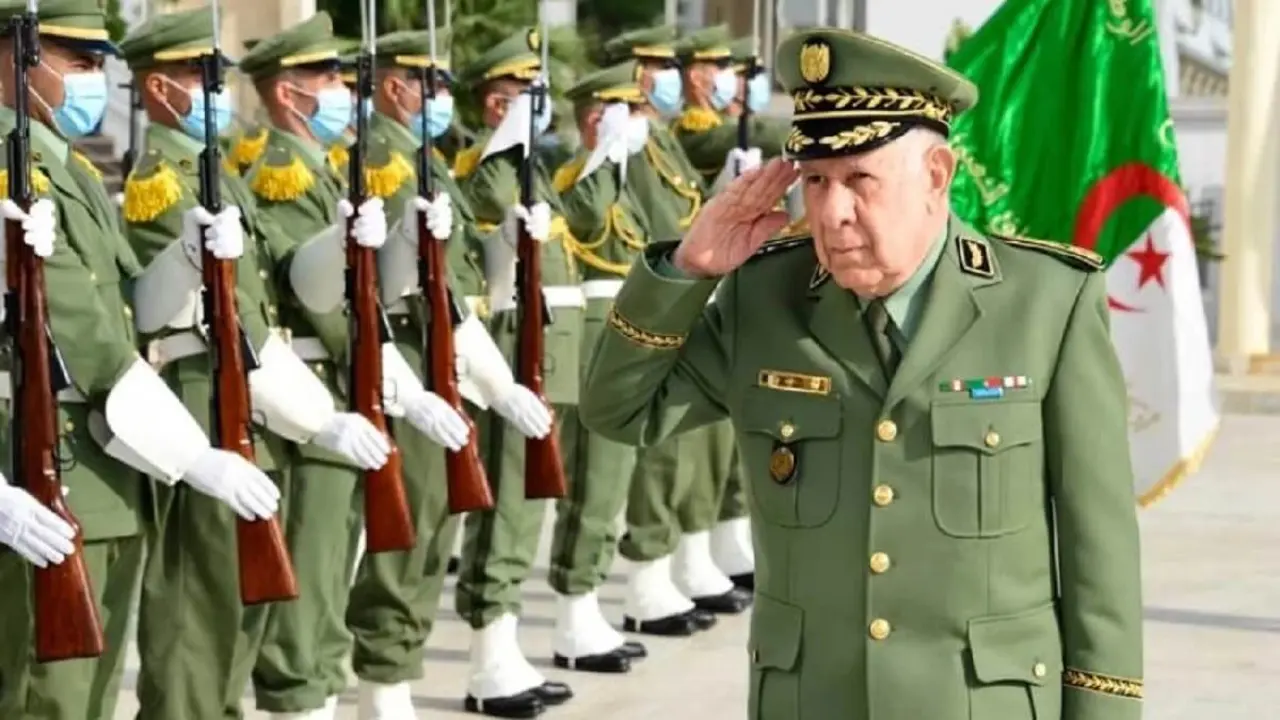Conflict over Spain's decision to distance itself from NATO's defence spending requirement
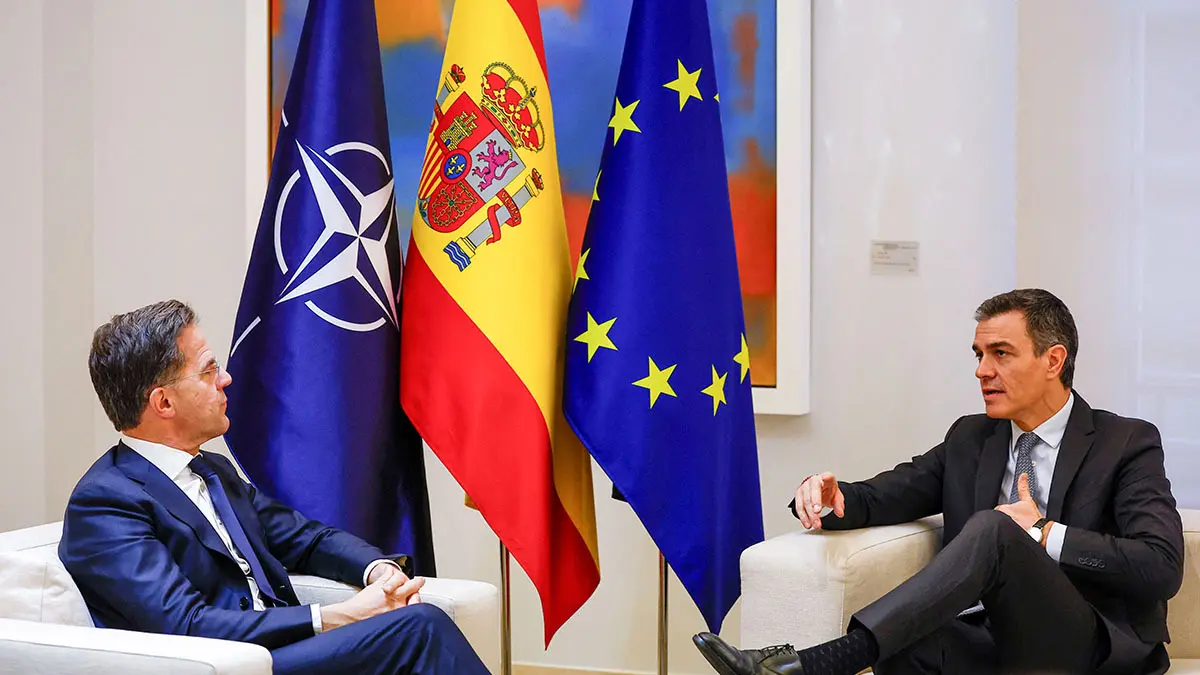
Pedro Sánchez, President of the Spanish Government, officially announced that he rejects allocating 5% of gross domestic product (GDP) to defence, a requirement established within the Atlantic Alliance, particularly by the dominant superpower, the United States.
US President Donald Trump has long demanded that all members of the North Atlantic Treaty Organisation (NATO) allocate at least 5% of GDP to defence in order to strengthen the military capabilities of the Atlantic Alliance countries and ensure greater security in the West. This is a very important point given the current international instability with serious ongoing conflicts, such as the war in Ukraine, where Russia, a country bordering NATO-aligned countries, has been carrying out an invasion since February 2022 that has been rejected by the majority of the international community.
The security of several NATO members is compromised, especially that of Russia's neighbouring countries, and this has set off alarm bells within the Atlantic Alliance. Since returning to power in November 2024, Donald Trump has demanded greater investment to strengthen the military capabilities of the countries belonging to the Atlantic Alliance, up to 5% of each country's national GDP.
Pedro Sánchez has distanced himself and removed Spain from this equation, arguing that it is ‘unreasonable’ to take on such defence spending. The Spanish Prime Minister sent a letter to NATO Secretary General Mark Rutte stating that he had no intention of taking on such a large defence expenditure as he was unable to commit to this financial requirement. Ahead of the next summit scheduled for the end of June, Pedro Sánchez proposed that there should be exceptions or that the 5% target should be optional, arguing that each government can legitimately decide whether it is willing to make such a sacrifice. ‘As a sovereign ally, we choose not to do so,’ said Pedro Sánchez, proposing an alternative so as not to ‘limit the spending ambitions of other allies’.
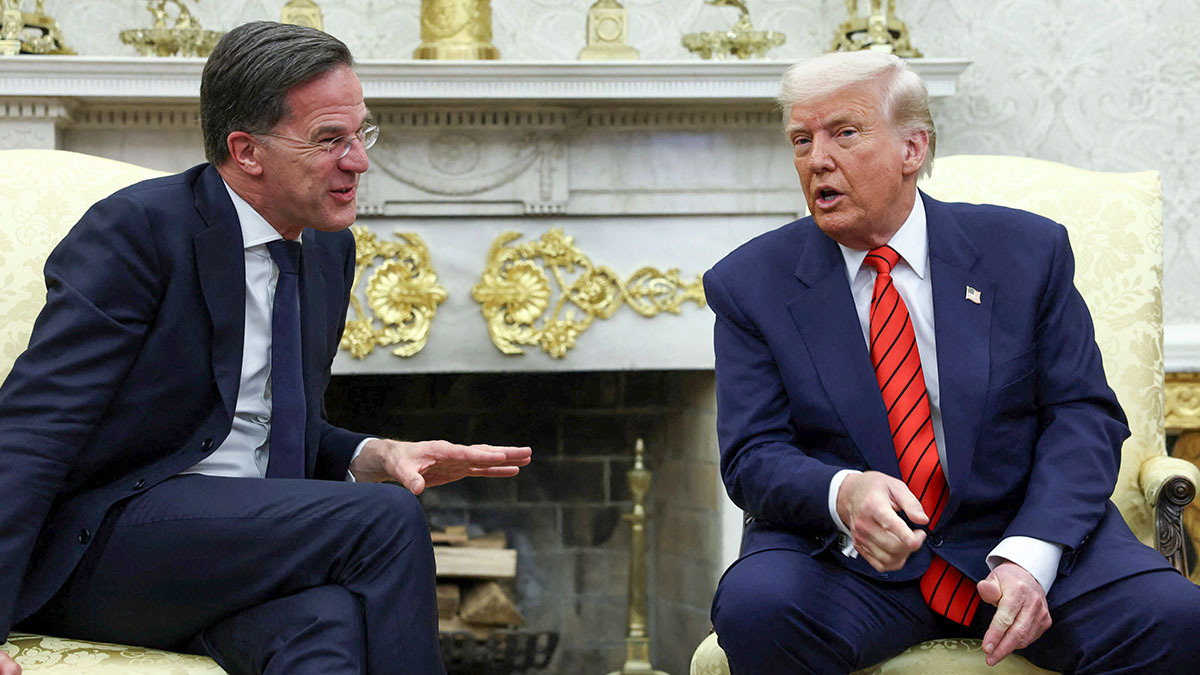
Negative reaction
The United States reacted negatively to this stance, obviously. The US giant had already raised the need or requirement for each allied country to reach 5% of GDP spending on defence in order to have a stronger and better prepared NATO.
The US administration has already indicated that all NATO countries, ‘including Spain’, must allocate 5% of GDP to defence.
‘Trump has made his priorities very clear to our European allies,’ said Karoline Leavitt, press secretary for the US government, who insisted on the directive given by the US president, who made it clear that this investment in defence is non-negotiable.
It remains to be seen what will be discussed at the next NATO summit scheduled for 24 and 25 June in The Hague, Netherlands. Tension is expected over the minimum threshold of 5% for defence spending, especially with Spain, which has already distanced itself from this requirement, even confronting the United States, the dominant power within the Atlantic Alliance.

